Results
-
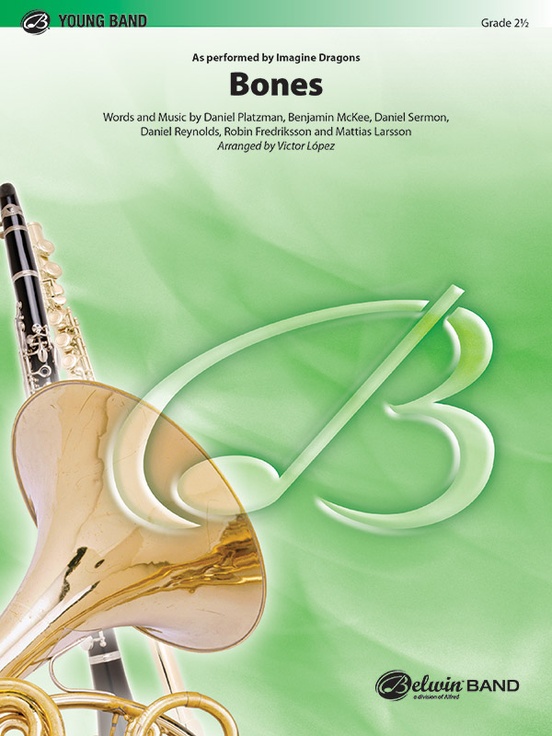 £68.00
£68.00Bones (Concert Band - Score and Parts) - Lopez, Victor
Give your students and audience a special treat with this outstanding arrangement of Bones as performed by Imagine Dragons, one of the most compelling bands in the world. Veteran arranger Victor Lopez crafted a chart that is easy to learn and teach. This piece has all the elements of a top-notch pop tune.Duration: 3.15
Estimated dispatch 7-14 working days
-
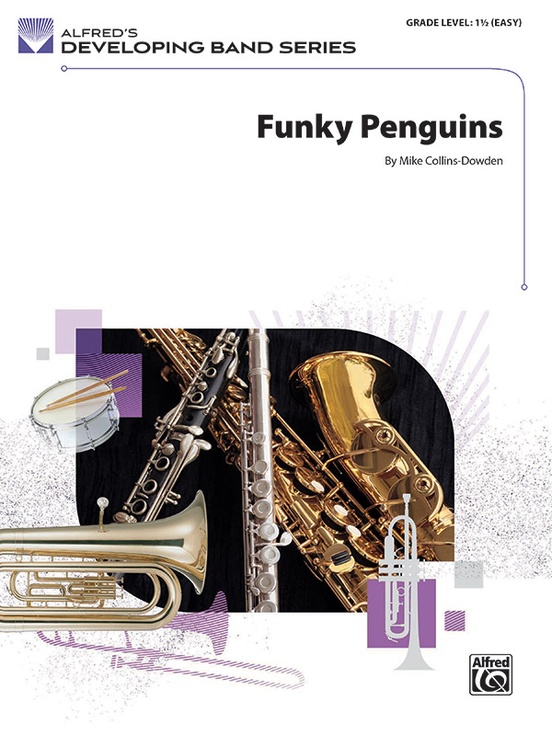 £58.50
£58.50Funky Penguins (Concert Band - Score and Parts) - Collins-Dowden, Mike
Funky Penguins by Mike Collins-Dowden will bring some Antarctic fun to your next concert! An ice-cold bass line supports a bluesy melody with lots of slip-sliding slurs; all backed up by the percussion section playing a funky rock beat. Your audience will tap their flippers while waddling in the aisles!Duration: 2.15
Estimated dispatch 7-14 working days
-
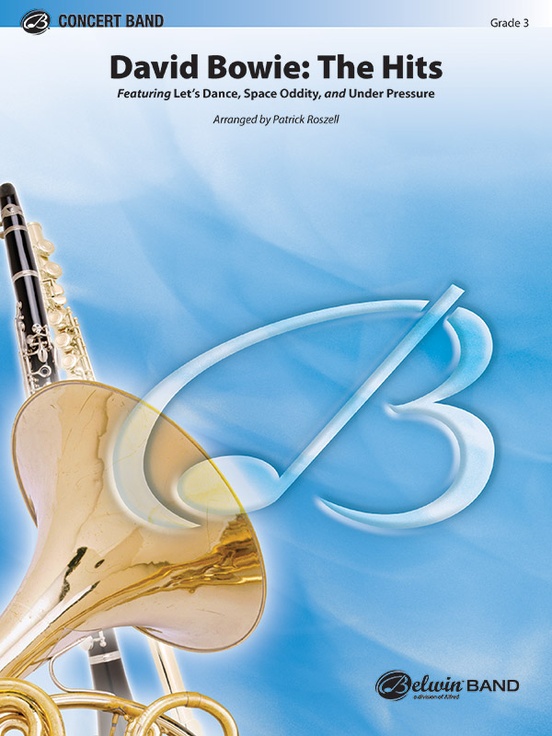 £78.00
£78.00David Bowie: The Hits (Concert Band - Score and Parts) - Roszell, Patrick
Bowie. Some artists only need to be known and recalled by one name. This fantastic medley contains three of his biggest hits. The jazzy and funky Let's Dance, the ethereal Space Oddity, and the ever-grooving hit, with rock group Queen, Under Pressure.Duration: 6.45
Estimated dispatch 7-14 working days
-
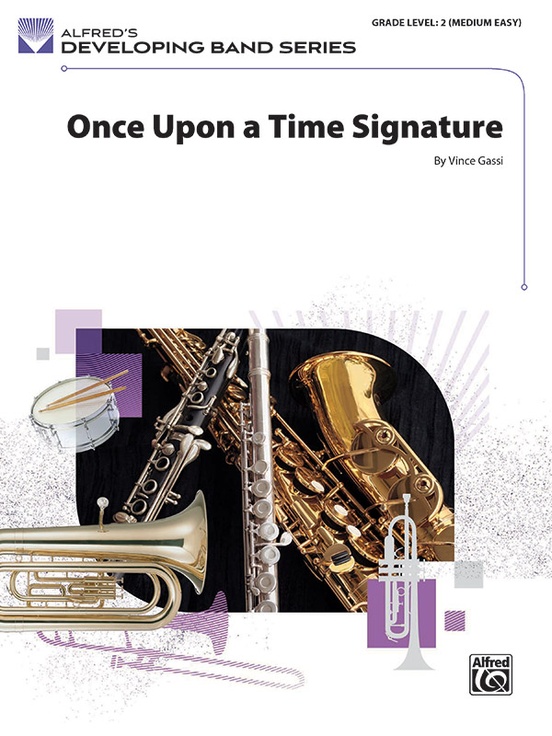 £62.95
£62.95Once Upon a Time Signature (Concert Band - Score and Parts) - Gassi, Vince
Themes are pliable; they can evolve and exist in more than one time signature. Once Upon a Time Signature is the perfect opportunity for your young musicians to improve their craft by adapting to frequent changes in time. 4/4 to 3/4, and back again, they will rise to the challenge. Count on it!Duration: 2.45
Estimated dispatch 7-14 working days
-
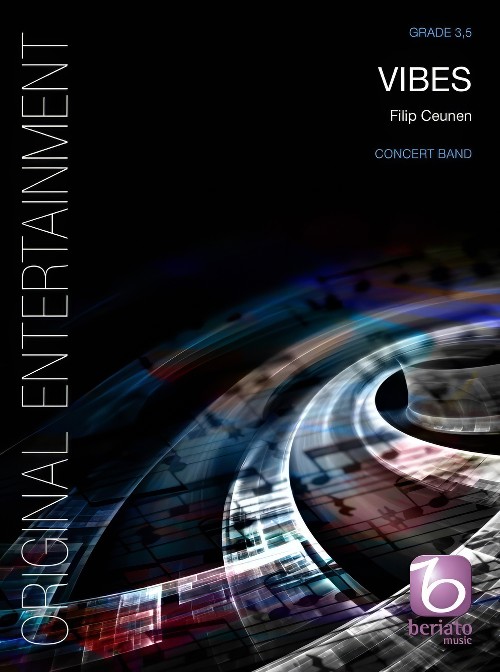 £79.99
£79.99Vibes (Concert Band - Score and Parts) - Ceunen, Filip
Vibes will instantly raise the spirits of your musicians and listeners. With this work, composer Filip Ceunen shows he has another side to him, finding his inspiration in music of a lighter genre. And the result? A sparkling original composition full of elements of funk, Latin and heavy metal, it is ideal as a conclusion to a concert. Can you feel the vibe?Duration: 5.15
Estimated dispatch 7-14 working days
-
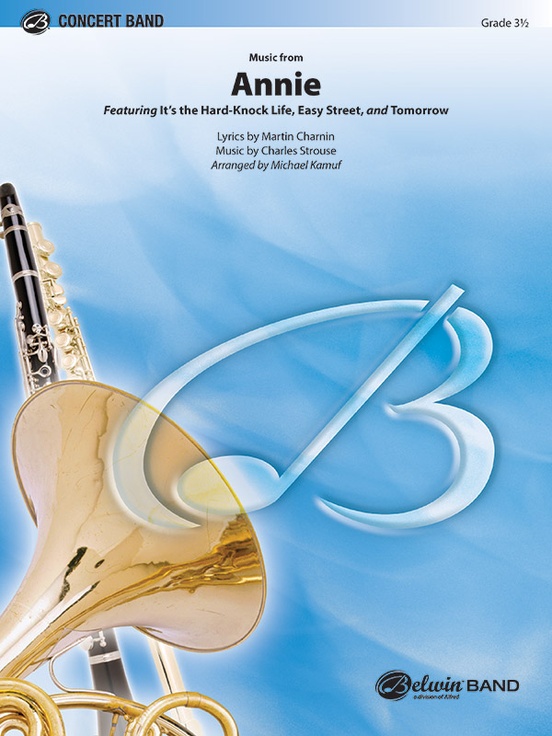 £77.50
£77.50Annie, Music from (Concert Band - Score and Parts) - Charnin & Strouse - Kamuf, Michael
Bring the music from one of the greatest musicals of all time, Annie, to your concert hall. This exciting arrangement by Michael Kamuf includes three of the show's most iconic songs, It's the Hard-Knock Life, Easy Street, and Tomorrow, and makes the perfect closing selection for your next concert!Duration: 5:30
Estimated dispatch 7-14 working days
-
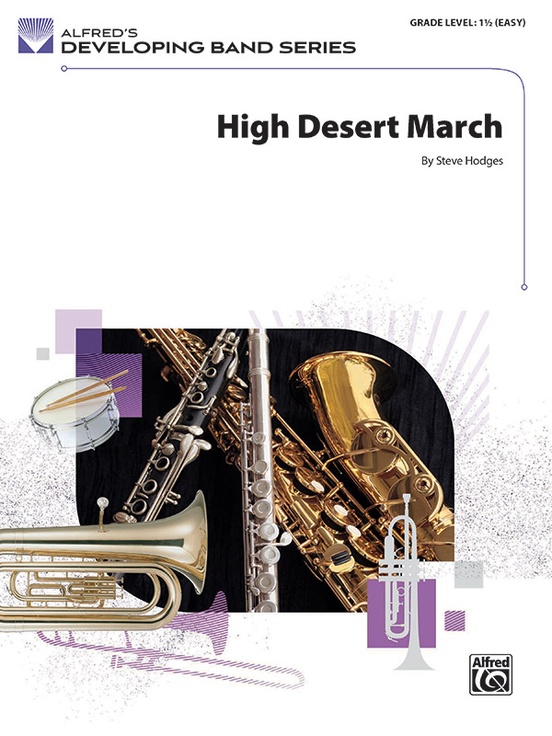 £53.95
£53.95High Desert March (Concert Band - Score and Parts) - Hodges, Steve
High Desert March, by Steve Hodges, is a march that captures the excitement and occasional drama of a long hike in the high desert. Adventure awaits as the young hikers begin their trek, prepared to overcome any obstacles that may come their way.Duration: 2.15
Estimated dispatch 7-14 working days
-
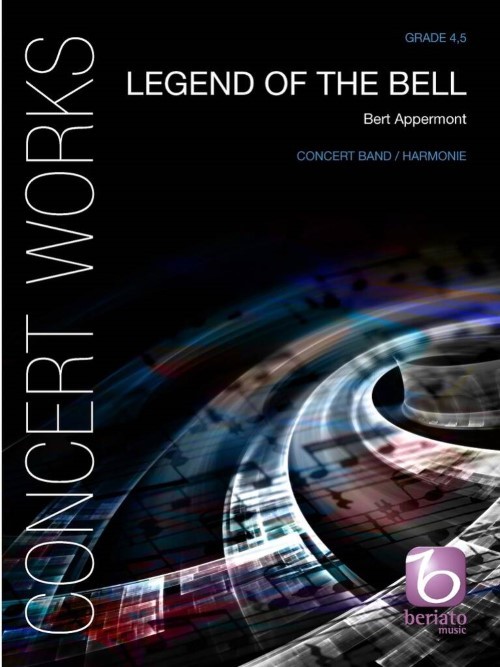 £124.99
£124.99Legend of the Bell (Concert Band - Score and Parts) - Appermont, Bert
This work was inspired by the legend of the Klokkeven, in which a church bell plays the leading part. It forms a connecting thread throughout the composition. The work consists of three continuous movements, each with its own atmosphere and character. In The Black Robber, we hear dark sounds in the brass and fast chromatic motifs. The Swamp contains mysterious low parallel fifths, imploring solos and chafing dissonant harmonies. Finally, in The Bell sweetly musing solos are hopefully accompanied by the church bell ringing from a distance. After a number of changes in tempo, the music ends in a grand tutti.Duration: 11.30
Estimated dispatch 7-14 working days
-
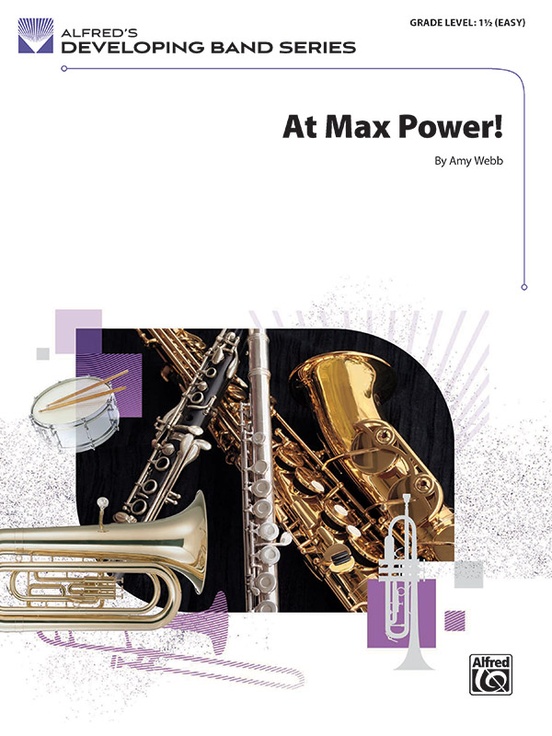 £53.95
£53.95At Max Power! (Concert Band - Score and Parts) - Webb, Amy
It's time to show the world that your band has what it takes to be the best. Can they push to the front, give it all they've got, and sprint to the finish line? Your students have put in hard work, time, and effort to make their concert the best it can be. What better way to end your program than with this exciting piece by Amy Webb that lets them sprint to the finish line!Duration: 2.00
Estimated dispatch 7-14 working days
-
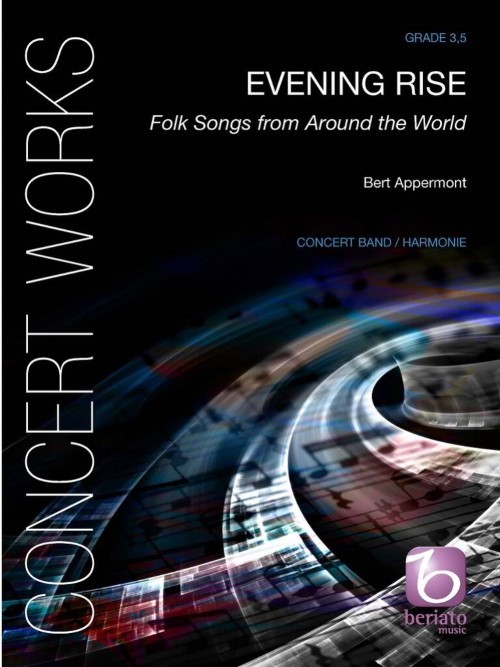 £102.99
£102.99Evening Rise (Concert Band - Score and Parts) - Appermont, Bert
Folk Songs from Around the WorldThis work is based on five folk songs from different cultures. Each song brings its own atmosphere and character, giving rise to a musical journey across the world in one continuous whole. Featuring Evening Rise (America), Lo Yisa Goy (Israel), Sakura (Japan), Finnegans Wake (Ireland) and Siyahamba (South Africa). The Native American song Evening Rise functions as a sort of chorus and thus creates a certain unity; each time the melody is arranged in a different way.Duration: 7.45
Estimated dispatch 7-14 working days
